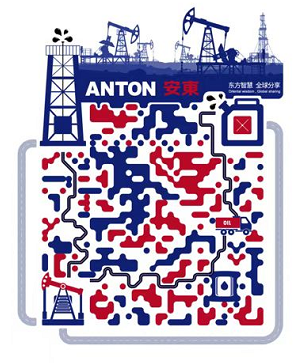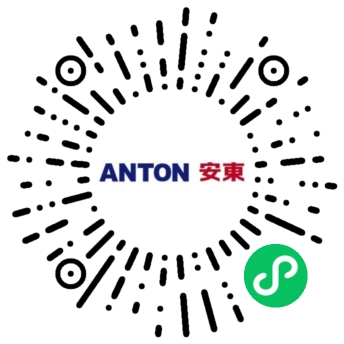Emission Management
Anton upholds the highest standards in environmental protection and strictly implements the requirements of relevant laws and regulations such as the Atmospheric Pollution Prevention and Control Law of the People's Republic of China, the Water Pollution Prevention and Control Law of the People's Republic of China, the Law of the People's Republic of China on the Prevention and Control of Environmental Pollution by Solid Waste and the Regulation on the Administration of Permitting of Pollutant Discharges. The company has established a comprehensive system of environmental protection regulations, centered on the Environmental Protection Management Measures, supported by a series of supplementary regulations such as the Solid Waste Management Measures, the Waste Water and Waste Liquid Pollution Prevention and Control Management Measures, the Energy and Water Conservation Management Measures, and the Pollution Prevention and Control Management Measures, to create a systematic environmental management system.
The Company has established clear work specifications, detailed responsibility divisions, and optimized operational procedures. Through a whole-process control model of “source reduction-process control-end treatment”, it effectively promotes the implementation of various pollution control measures. The Company strictly controls all types of emissions, implementing standardized management from their generation, collection, to treatment, ensuring that pollutant emissions are fully compliant with standards.
Waste Gas Management
The Company strictly adheres to the air environmental protection laws, regulations, and relevant normative documents of the countries and regions where it operates during its business operations. Upholding the principle of green development, it rigorously controls the emission of waste gases from various business segments.
Our primary air pollutants include methane (CH4), nitrogen oxides (NOX), and sulfur oxides (SOX), which principally originate from the fuel equipment used in drilling and stimulation operations. Moreover, particulate matter emissions primarily come from construction site dust and transportation activities. To effectively reduce the emission of air pollutants generated from various business activities, the Company has implemented a series of stringent waste gas emissions control measures.










